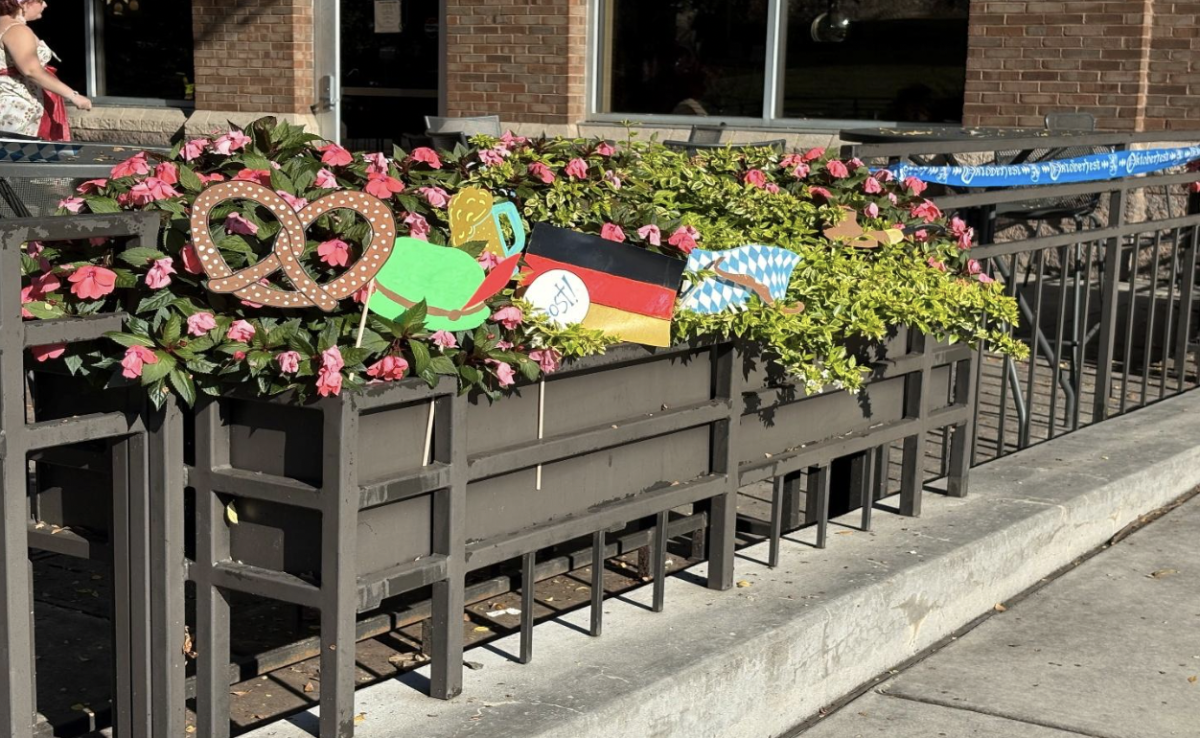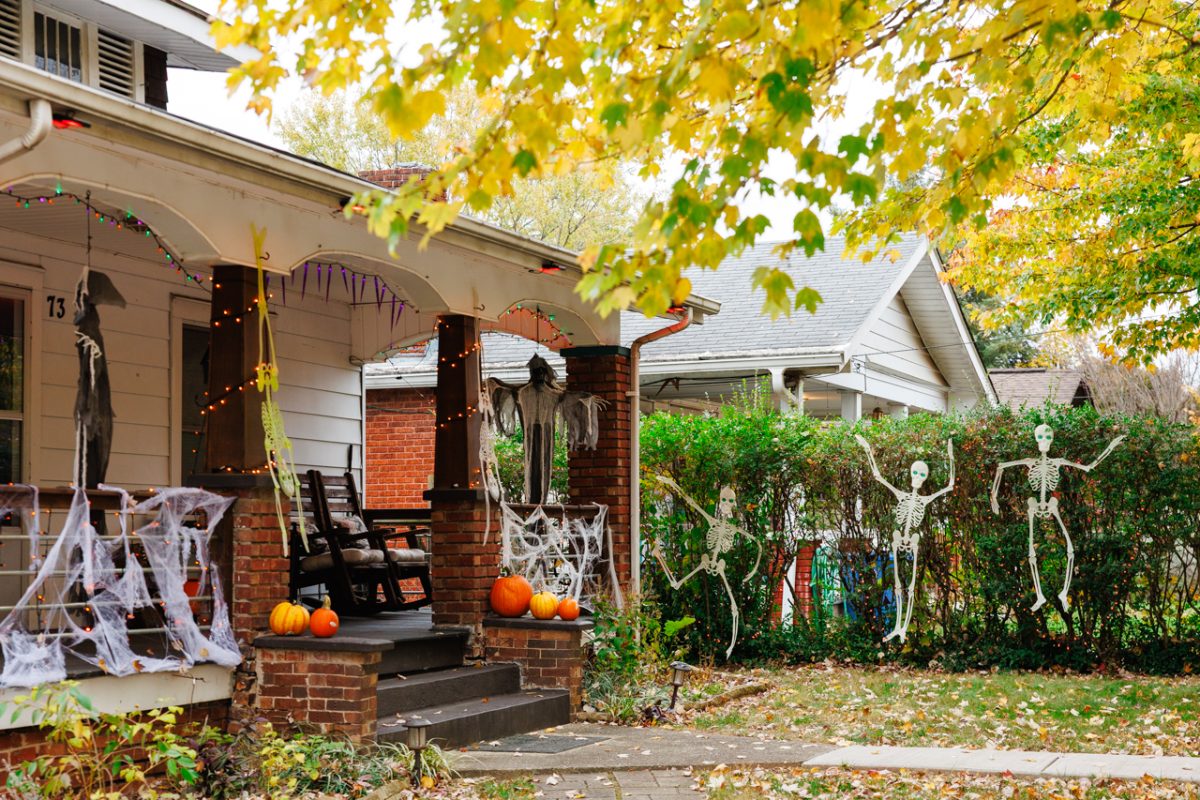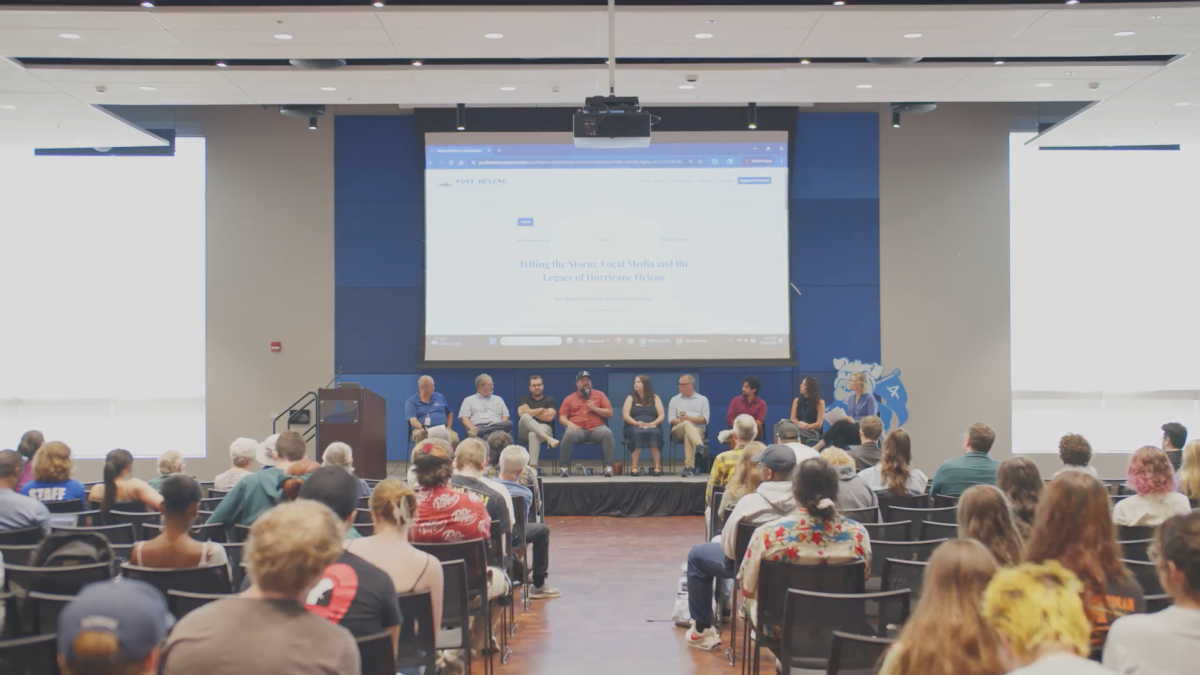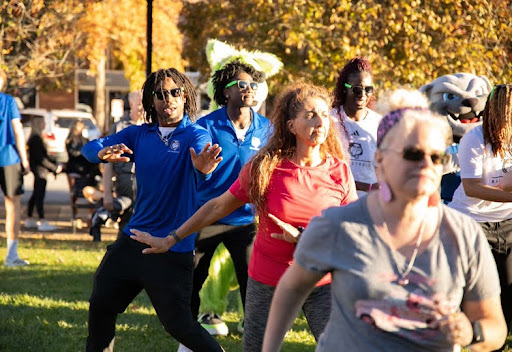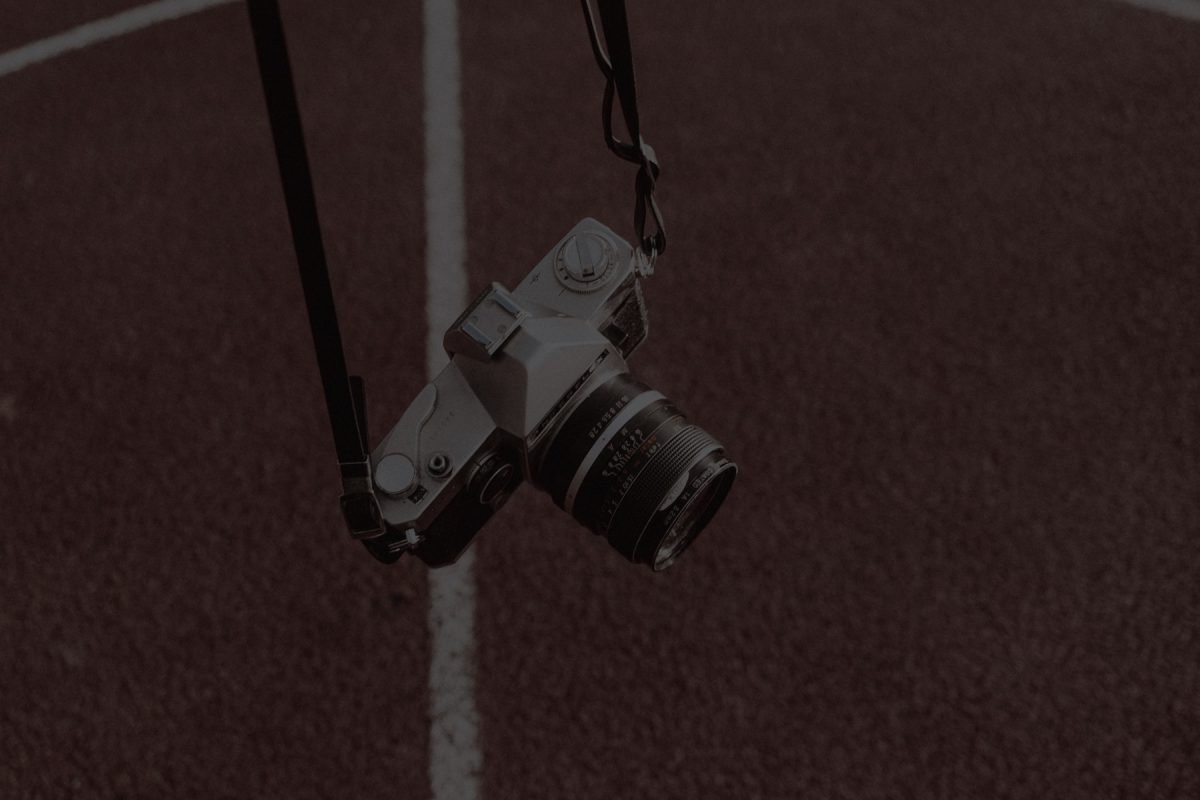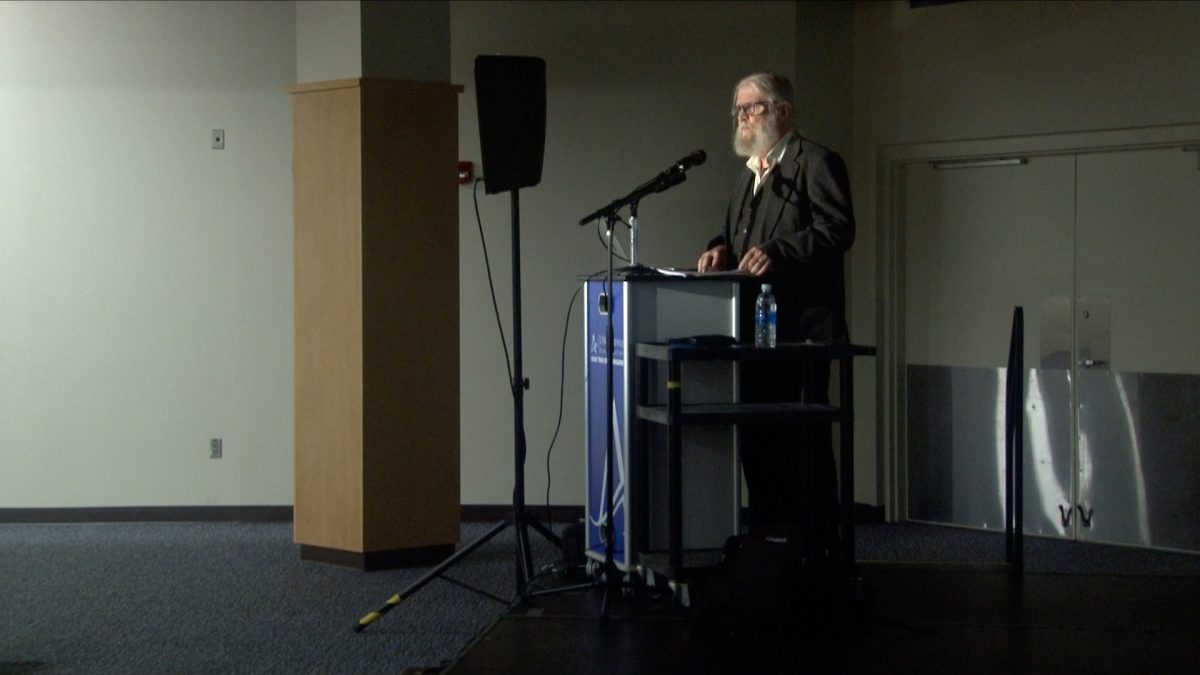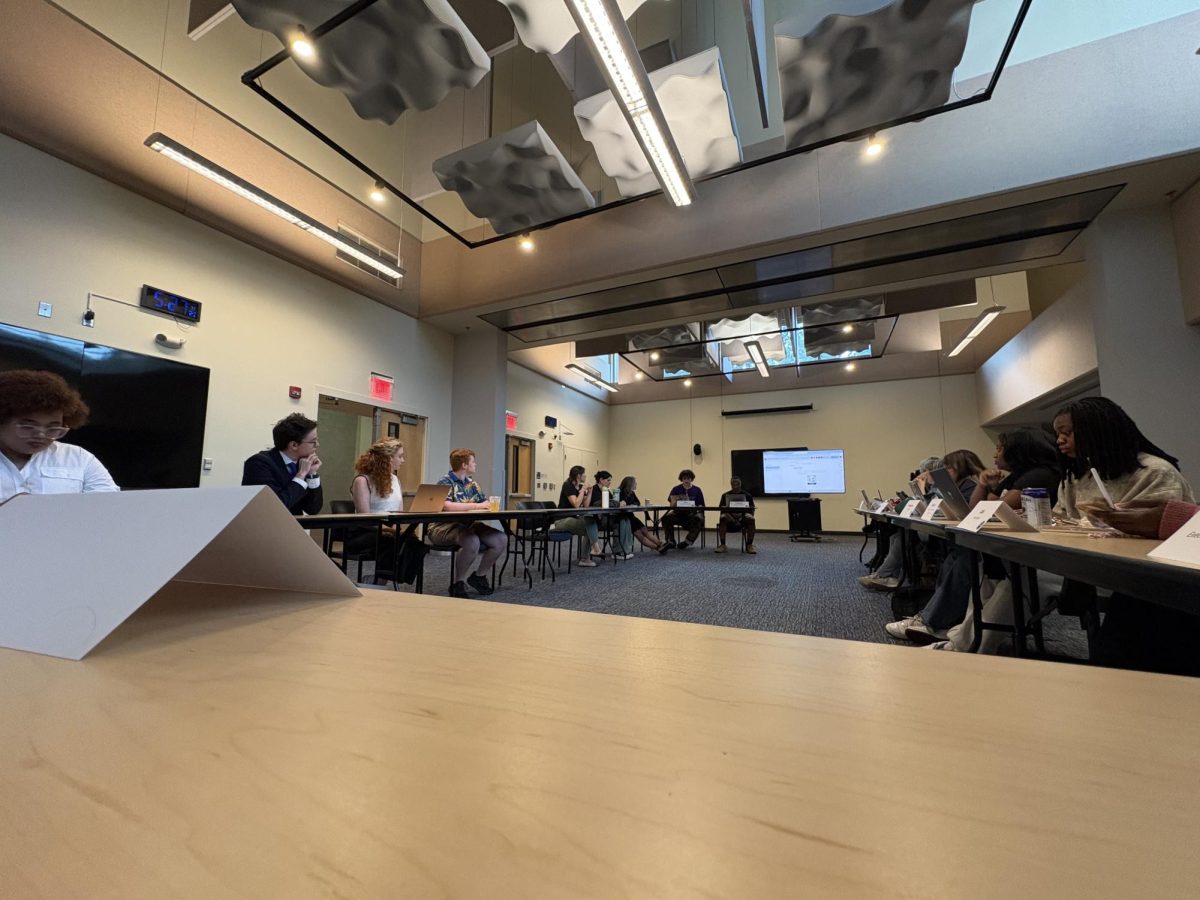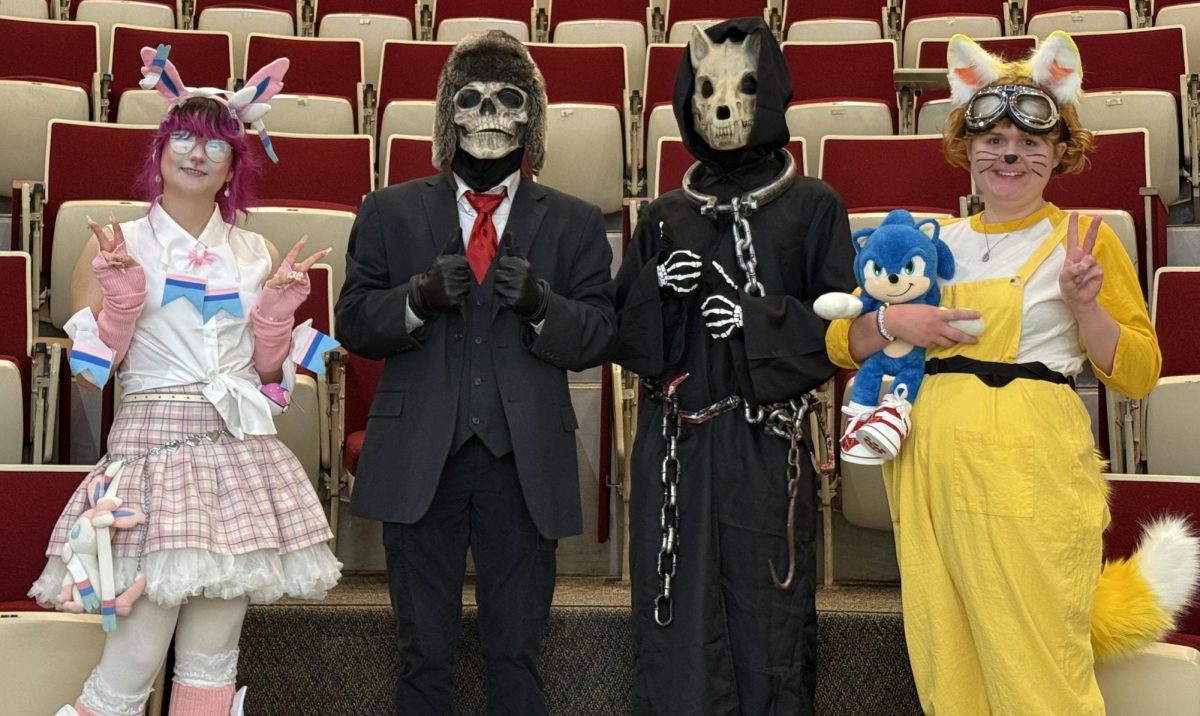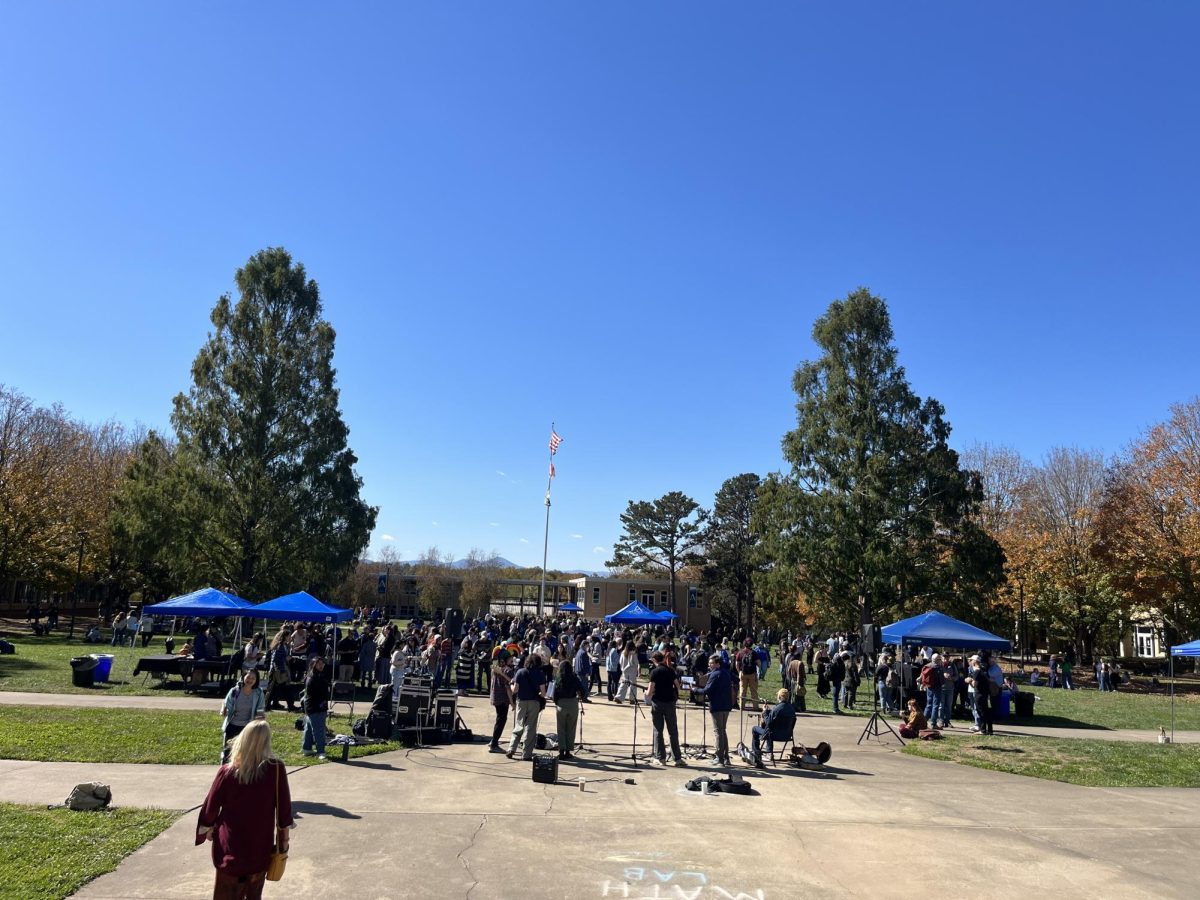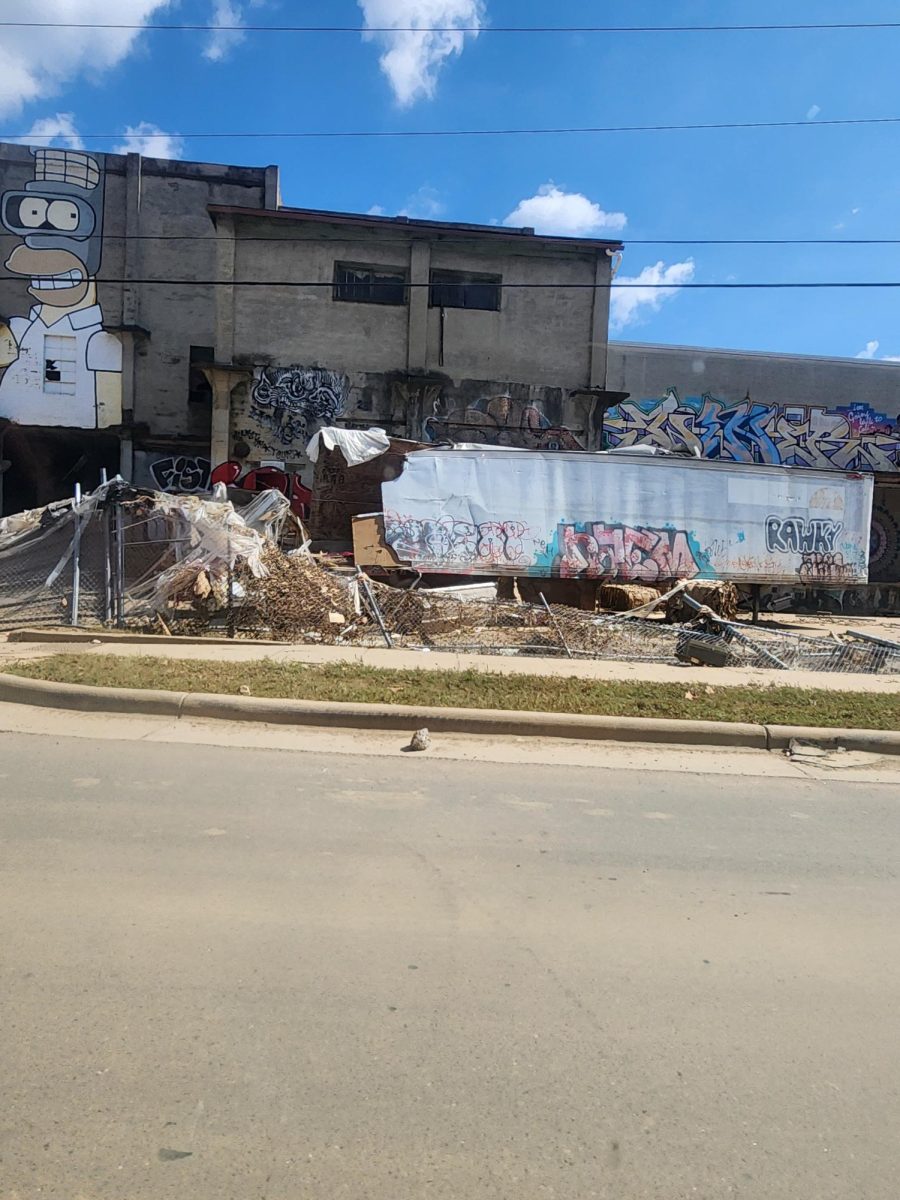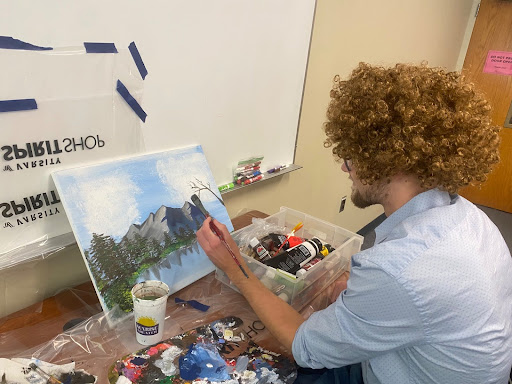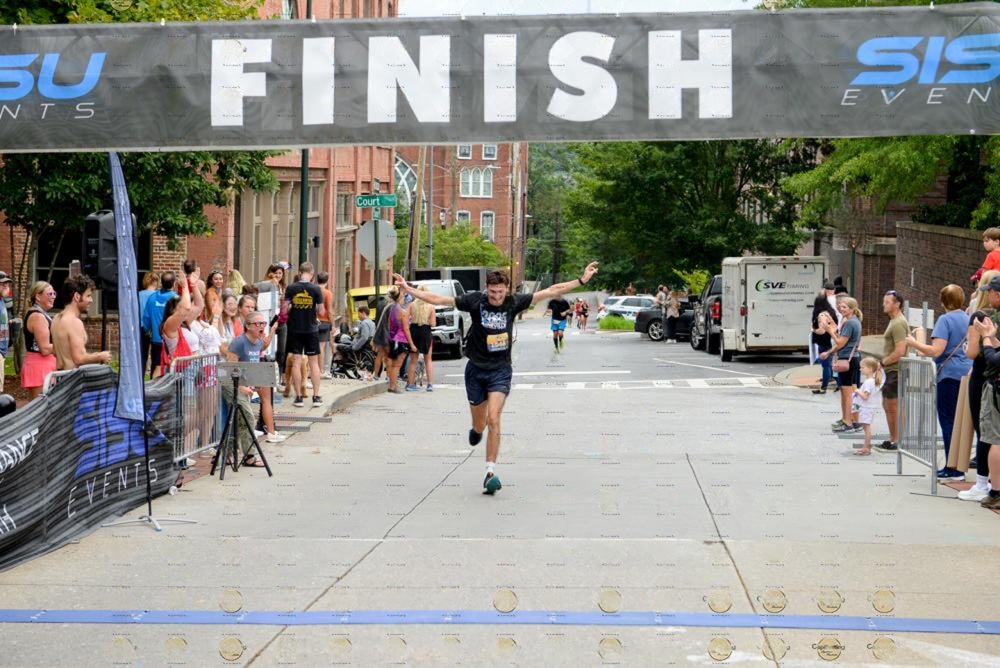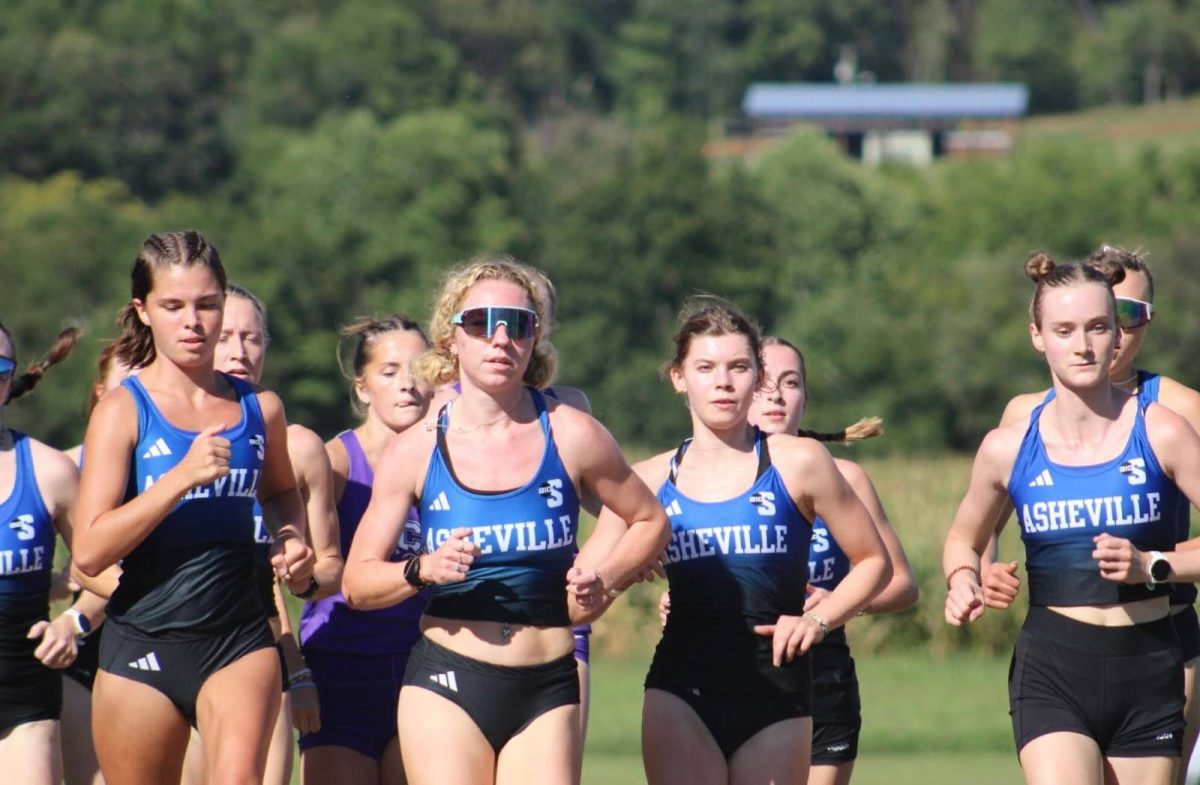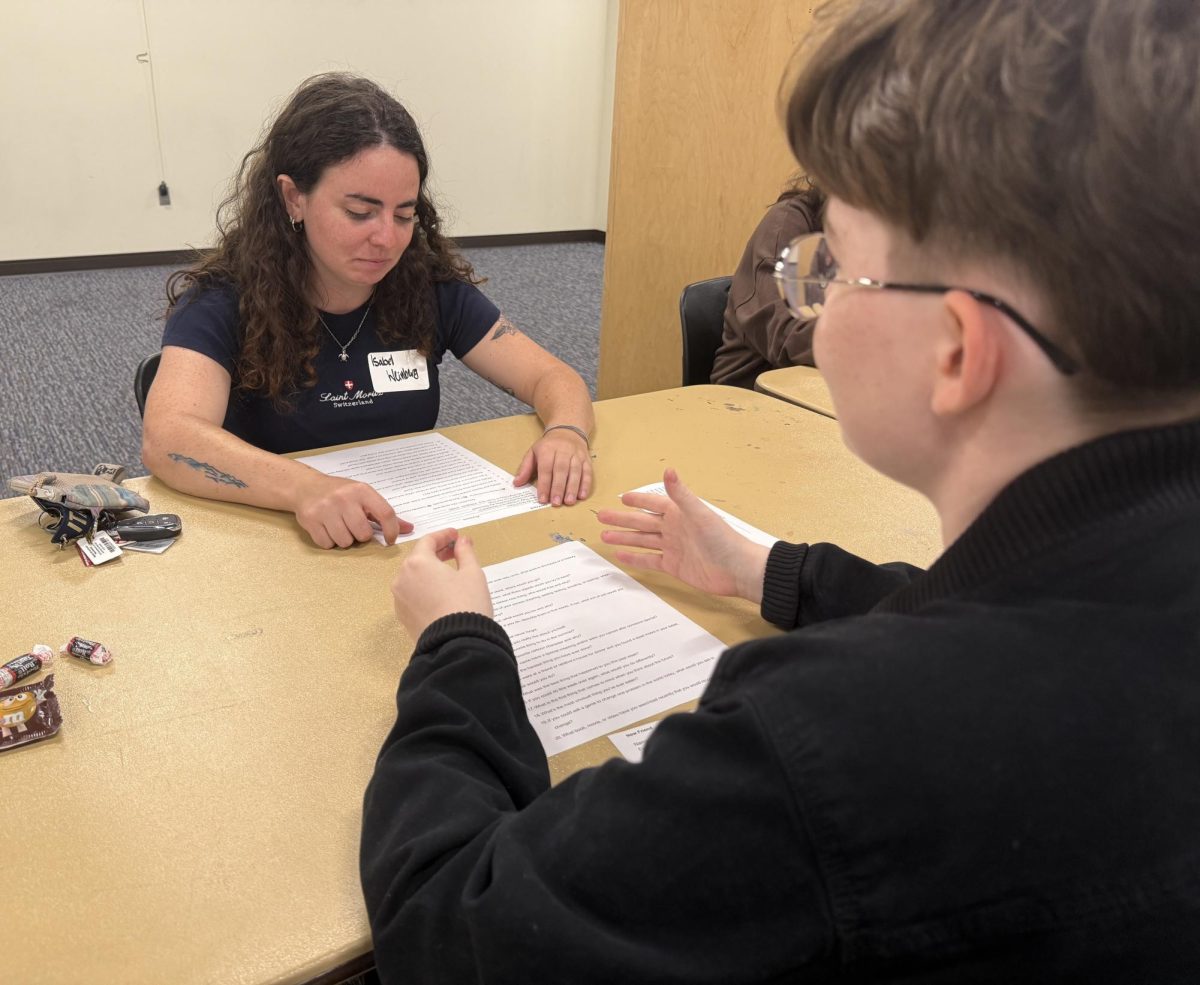Asheville, NC — In an age where many are tethered to technology, Hurricane Helene starkly highlighted what life could look like without it. The storm, packing historic hurricane-force winds, left Asheville residents isolated and vulnerable, demolishing infrastructure, power lines, and even century-old trees in a single gust.
Following the hurricane’s devastating passage, the city was plunged into darkness, with most businesses, gas stations, hospitals, and grocery stores left without electricity. Sirens echoed through the streets as landslides and flash flooding inundated local areas. A third of the city was submerged, prompting officials to enforce a city-wide curfew. Even if we didn’t comply, there weren’t any drivable roads. Residents faced limited access to food, water, Wi-Fi and cellular service, leaving many to rely on basic survival skills-or lack thereof.
I was unaware of the storm’s severity and was severely underprepared for the days to follow. Supplies and rations disappeared almost immediately. Like many others, I felt a desperate urge to venture out against my better judgment to find salvation. If you had the means, you could position yourself at Publix, the only facility open—though it required an unfavorable three-hour wait to get in. Still, the masses flocked there despite city advisories to stay home. Contrary to what one might think, people weren’t risking their lives just for essential supplies.
The words “Free WiFi” were enticing enough to draw crowds into harm’s way. Hundreds camped outside the building, phones glued to their hands and faces. Influencers and casual users paraded around, filming and reminiscing about simpler days before Helene. I was relieved to see that at least some people were there to check on loved ones instead of scrolling through social media. However, it felt somewhat pointless; only those at Publix had access to a signal, allowing them to reach the outside world while remaining disconnected from the Asheville community.
With power out and nowhere to drive, I found myself doing something I normally wouldn’t: walking around my neighborhood. It may sound simple, but it’s something I rarely consider. My daily routine usually consists of leaving my home, walking directly to my car with tunnel vision, and driving away. This is a common occurrence for everyone in my complex. I should mention that I live in a neighborhood plagued by fatalities and traumatic incidents over the last six months. On sunny days, I usually see just one person jogging—oddly, the same person each time. We’ve all become accustomed to isolating ourselves within the walls of our homes for safety.
It’s perplexing how dependent we are on cell phones and TVs for information. When those devices failed us during the storm, we were left only with observations from our walks or transistor radios. Let’s be honest: how many people today know how to use a traditional radio? It’s terrifying to contemplate our reliance on technology. The public is led to believe that with these devices and 5G, we could withstand any major disruptions. Moments like these make me contemplate how addictive these devices are.
I’m embarrassed to admit how quickly I became bored sitting alone without electricity or gadgets. The lack of stimulation left me feeling depressed and hopeless about the situation. I’m sure those who lived before technology found this time to be a blessing, a chance to slow down and appreciate life’s simpler pleasures. For someone like me, who has only known a world through devices, this moment felt like a tragedy.
We had to subconsciously create a new world for ourselves outside of the technological universe. We had to converse with one another face to face instead of through a screen. It’s daunting these days to approach a complete stranger and ask if they’re okay. We had to pull ourselves out of our own mental headspace and actually become global citizens within our communities. It was remarkable how easy it was to connect with others when technology wasn’t obstructing us.
I kept asking myself why it took such a devastating storm to bring our community together. People from all backgrounds began gathering to help one another. Neighbors congregated in the streets, sharing harrowing stories of survival. I honestly didn’t realize how many people lived in my complex. Families grilled in the parking lots while adults mingled and individuals checked on total strangers. People greeted one another, hugged, and consoled those who had suffered damage. Dogs mingled playfully as we created a safe space to share feelings and food. I witnessed love and compassion for one another—something our society desperately needs.
When the power returned, cheers erupted among the citizens. They scurried back into their homes, leaving the neighborhood’s harmonic state of being. I then wondered whether this communal strength arose from our loss of power and technology or from genuine concern for our fellow man. I hope it’s the latter.
